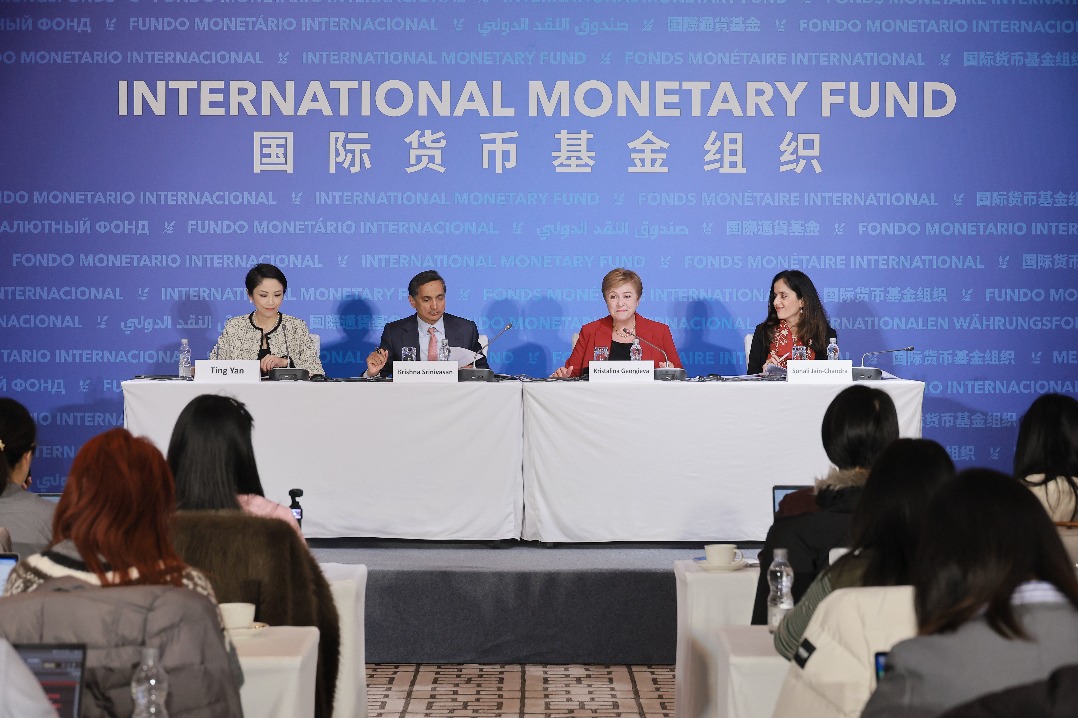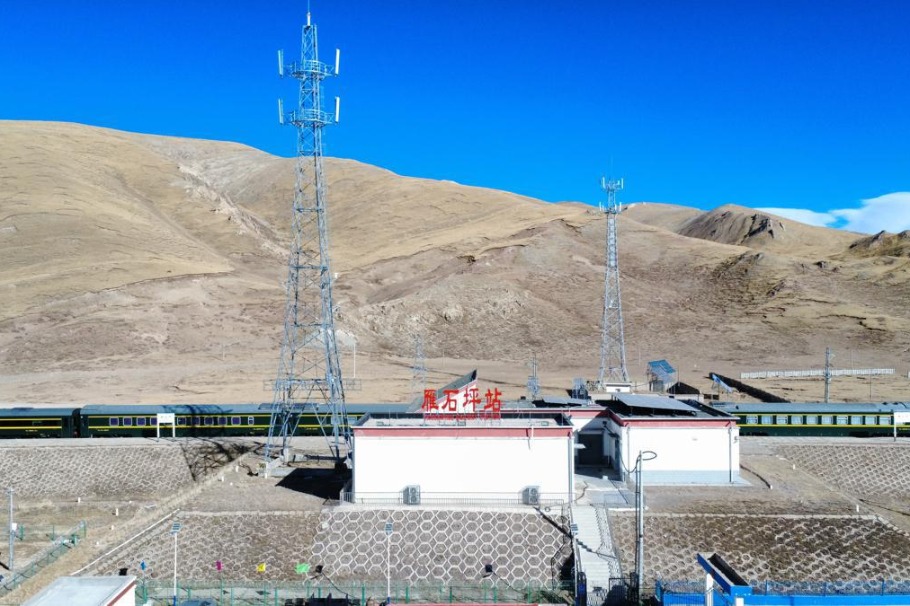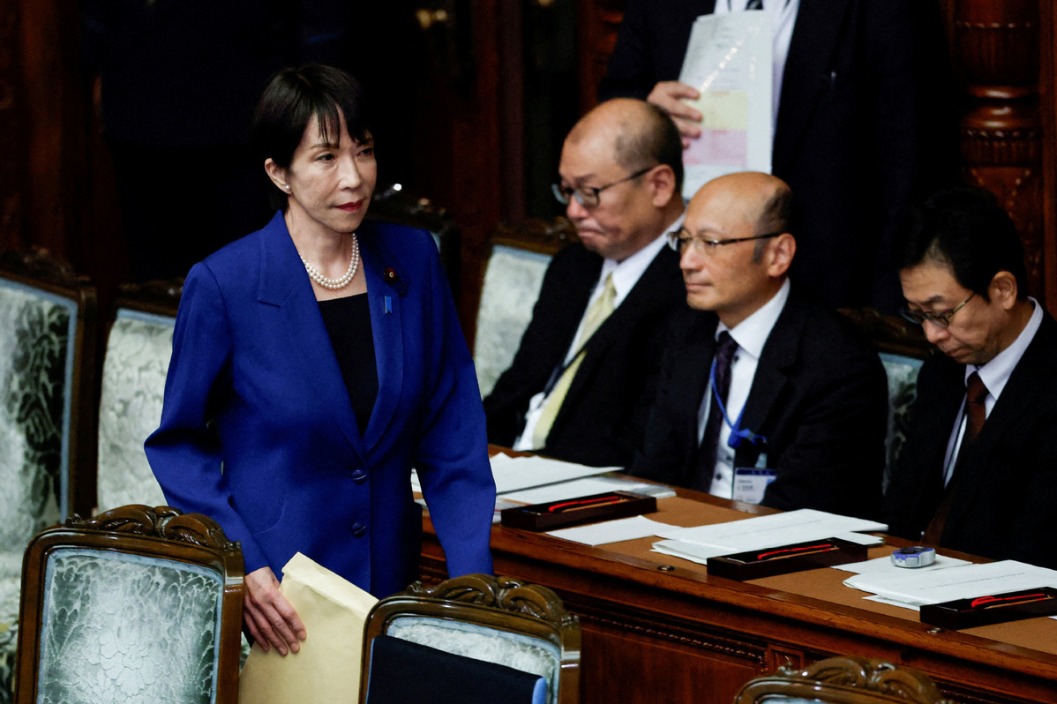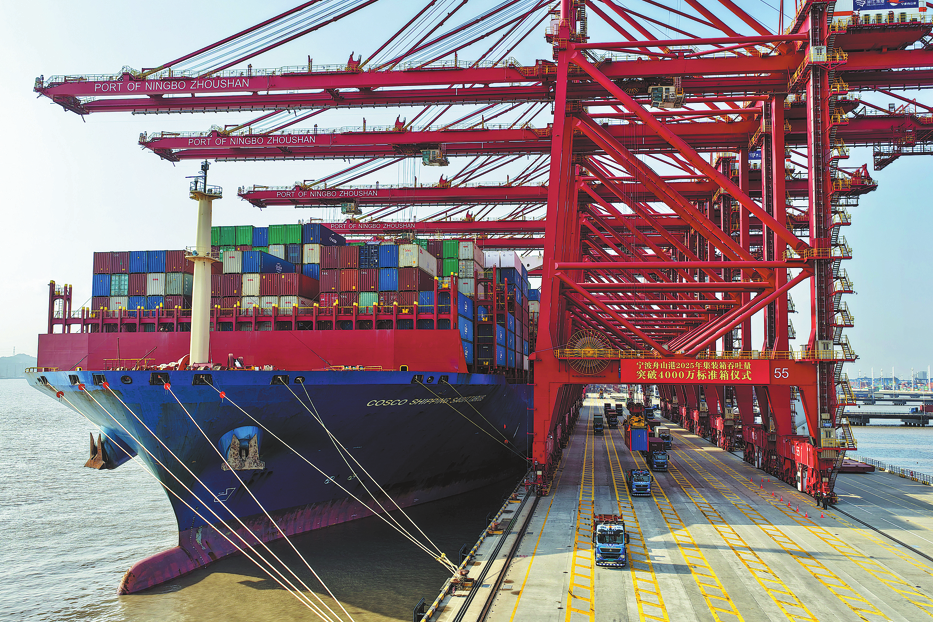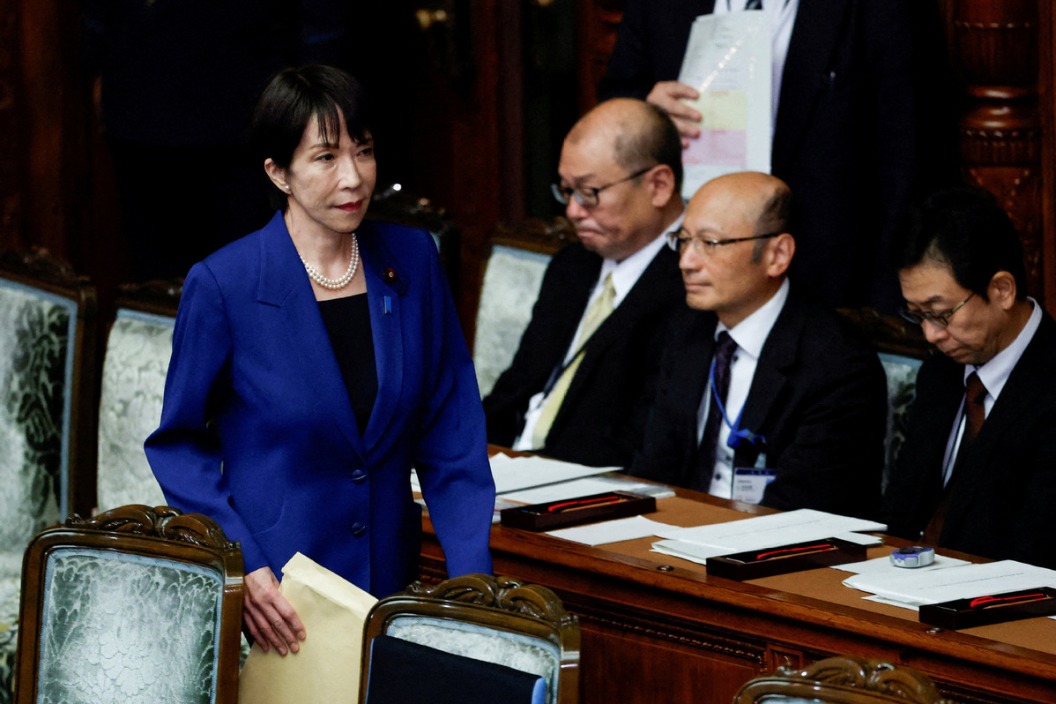Into the woods


Well-functioning cross-border trading mechanism needs to be established for emissions reduction credits in forestry projects
The Earth's forests play a large role in the global carbon cycle. All the forests in the world store almost as much carbon as there is in the atmosphere. While deforestation contributes between 15 percent and 20 percent of all the carbon dioxide that is released into the atmosphere annually, the world's forests absorb twice as much each year.
Although this positive balance may change if global warming continues and deforestation and forest burning continue, experts are putting much hope on forests helping to solve the climate crisis. Consortia of governments and non-government organizations are promoting planting trees on a massive scale. Scientists from Switzerland, Italy and France recently estimated that if the current world's area of 4.06 billion hectares could be increased by 900 million hectares, this new area of forest could take out one-fourth of the CO2 in the atmosphere and bring atmospheric carbon back to the level it was before the world got hooked on fossil fuels.
Since 1990 the global area of planted forest has increased by 123 million hectares, with one-third of this planted in China. As these 123 million hectares are only between less than one year to 30 years old, most of the trees have not yet reached the age at which they absorb most CO2. Recent studies have revealed that even very old trees continue to absorb large quantities of CO2. How much carbon forests can absorb in years to come is difficult to predict. Scientists have estimated that from 2000 to 2040, China's forests may capture 25 billion metric tons CO2.At this point in time, China emits about 10 billion tons CO2 every year.
A critical issue that needs to be decided is how CO2 absorption by forests is incorporated in environmental accounting. When the United Nation's member countries agreed to the Kyoto Protocol in 1997, only wealthy countries were expected to reduce their emissions to below the 1990s levels. The other countries could implement projects to reduce CO2 emissions, or capture CO2 from the atmosphere and sell these as certified emissions reduction credits to industries in wealthy countries that cannot meet their carbon emissions reduction targets. China has many such projects, but only six of them are planted forest projects.
Now that the Paris Agreement has replaced the Kyoto Protocol, the situation has changed. All countries that signed the Paris Agreement commit themselves to hold the increase to below 2 C and to pursue efforts to limit the global temperature increase to below 1.5 C. Countries develop their own National Determined Contribution, which are voluntary national strategies that are reported to the Secretariat of the United Nation's Framework Convention on Climate Change, and are critically evaluated. China's NDC does foresee a short-term increase in CO2 emissions, but expects its emissions to decline before 2030.Before 2060 the country aims to reach carbon neutrality. In its current NDC, China has pledged to reduce emission of most industries by between 60 percent and 65 percent until 2030. The same NDC also anticipates that the volume of trees in China's forests will increase by 4.5 billion cubic meters, which implies the capturing of 4.5 billion tons CO2.
Whether forests can indeed contribute to efforts to control carbon emissions depends to an important degree on if and how forest owners, national and local governments and collectives, and increasingly single households or user groups, can be compensated for the carbon in their forests. International and national climate regulations impel CO2 emitters to reduce emissions, but they can hardly force anybody who has no interest in doing so to capture atmospheric carbon. The major contributions to meet emissions reductions targets and thus meet the Paris Agreement goal are by industrial sectors reducing their emissions. Industries try hard to do so, but they also seek to buy emissions reduction credits. Forests can and should become a growing provider of such credits. The first case of forest emissions reduction trading between a village and an industry in China was reported this year.
Producing emissions reduction credits in forestry projects can only succeed on a large scale if well-functioning production and trading mechanisms can be established. This requires good regulations and oversight, so that emissions reduction credits can indeed be certified. The regulations need to define in detail the obligations of the producers and the buyers of the forest emissions reduction credits. Ultimately, certified forest emissions reduction credits trading will need to be implemented across borders. The Clean Development Mechanism established under the Kyoto Protocol was the mechanism that made such trading possible. But the credits were produced in countries with no reduction obligations and traded to countries that had such obligations. The mechanism now needs to be transferred from the Kyoto Protocol to the Paris Agreement, and how that is to happen is not clear yet. All countries that have signed the Paris Agreement will want to use the carbon credits produced by their forests to contribute to their own NDCs. But maybe China will succeed beyond expectation in reducing emissions from its power, industry and transportation sectors, its largest carbon emitters, and it will have excess forest emissions reduction credits that it can trade to non-national buyers. That would provide an interesting new economic means to reduce emissions.
The author is an emeritus professor of the Center for Southeast Asian and Integrated Area Studies at Kyoto University, a guest researcher of the College of International Development and Global Agriculture at China Agricultural University and an adjunct professor at the School of Agricultural Economics and Rural Development at Renmin University of China. The author contributed this article to China Watch, a think tank powered by China Daily.
The views do not necessarily reflect those of China Daily.
















